-
OUR Rhinoplasty techniquesCosmeticFunctional
Our board-certified surgeon, Dr. Zarrabi, offers open rhinoplasty procedures using an advanced ultrasonic technology. His background in maxillofacial surgery and aesthetics allows for precise corrections that reflect a deep understanding of facial structure. The open approach is especially valuable in cases requiring direct access to internal nasal components for functional or cosmetic refinement. Our procedures are performed in a fully accredited outpatient setting with advanced 3D imaging and planning protocols. Results are guided by surgical accuracy and a commitment to long-term structural stability.
Open Rhinoplasty
in California
Our board-certified surgeon, Dr. Zarrabi, offers open rhinoplasty procedures using an advanced ultrasonic technology. His background in maxillofacial surgery and aesthetics allows for precise corrections that reflect a deep understanding of facial structure. The open approach is especially valuable in cases requiring direct access to internal nasal components for functional or cosmetic refinement. Our procedures are performed in a fully accredited outpatient setting with advanced 3D imaging and planning protocols. Results are guided by surgical accuracy and a commitment to long-term structural stability.
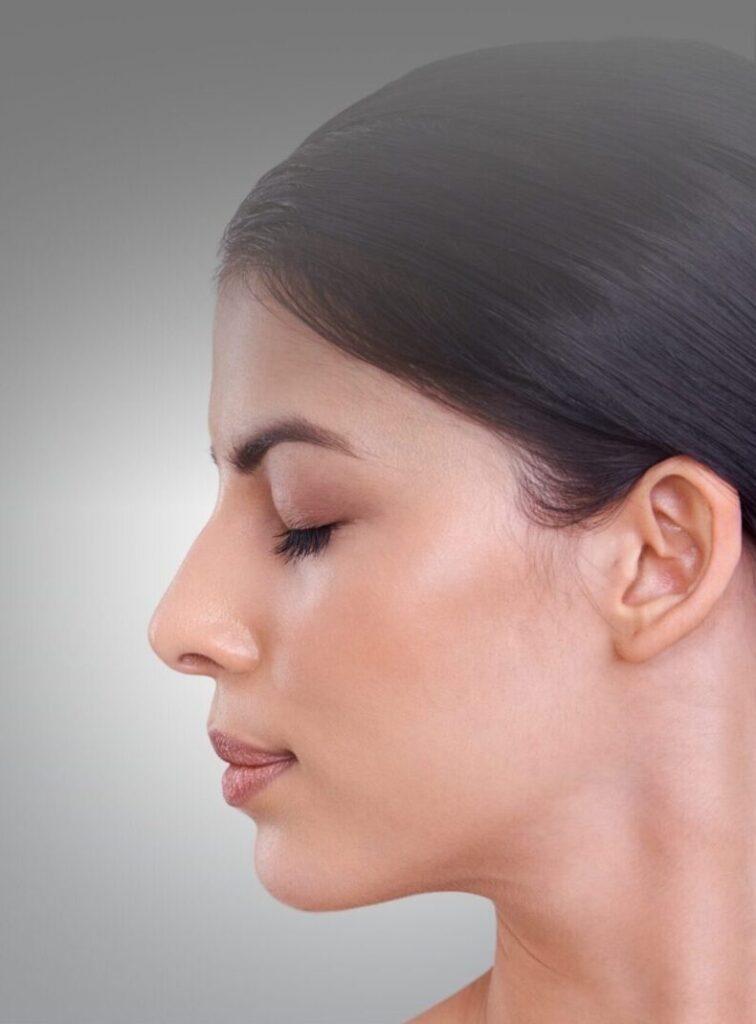
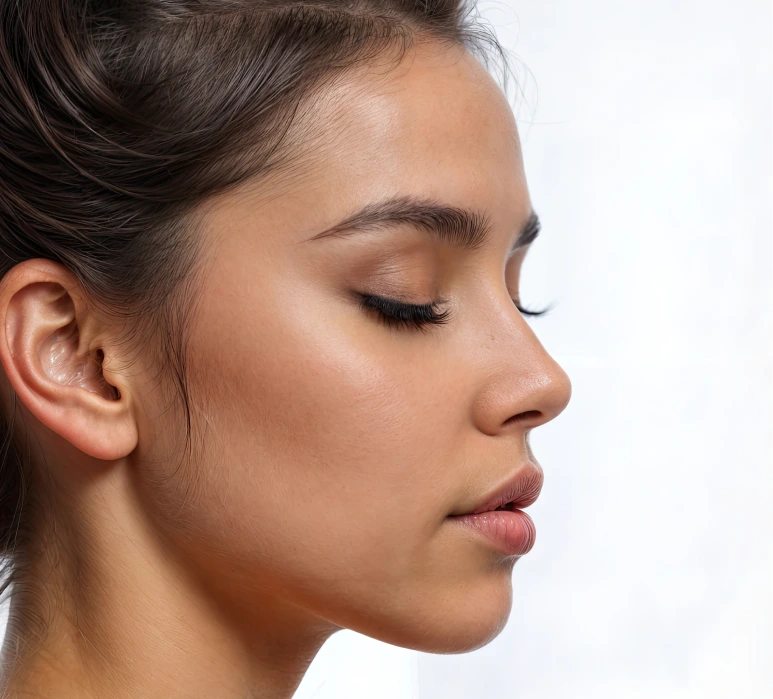
Open rhinoplasty is a surgical technique that reshapes the nose by making a small incision on the columella, the tissue between the nostrils. This approach gives the surgeon direct visibility and access to the underlying nasal structures, allowing for precise adjustments. Unlike closed rhinoplasty, where all incisions are hidden inside the nostrils, open rhinoplasty involves an external incision for better exposure. The procedure typically lasts between one and three hours, depending on the complexity of the changes needed. Open rhinoplasty is commonly chosen when detailed refinement of the nasal framework is required.
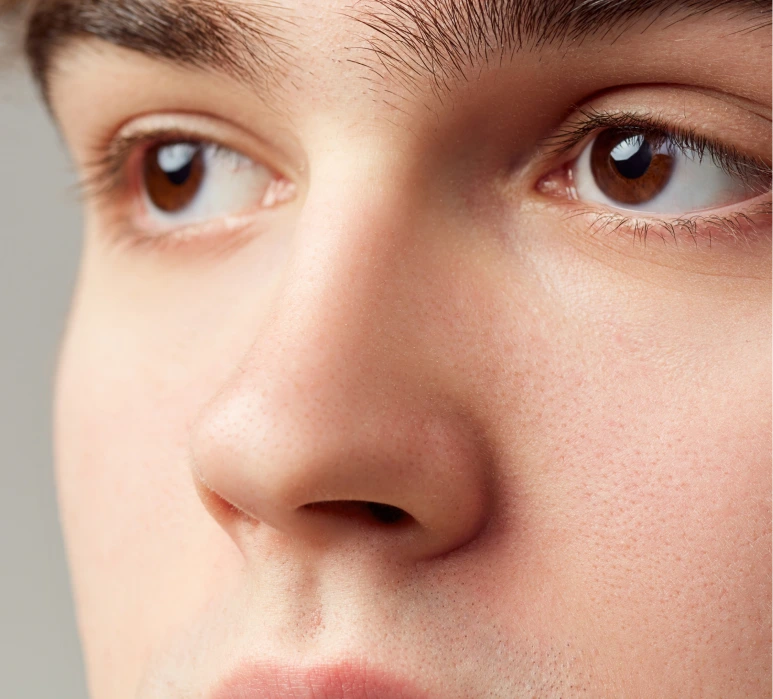
Dr. Zarrabi performs rhinoplasty using piezo ultrasonic technology, an advanced method that enables precise and controlled bone sculpting. This rhinoplasty technique reduces trauma to the surrounding tissues, promoting a gentler surgical experience. The technology enhances accuracy, allowing for detailed refinements tailored to each patient’s unique anatomy. Such innovation is integral to the success of facial surgery, ensuring both safety and optimal results. Through this approach, patients benefit from a combination of precision and care throughout their procedure.
A deviated septum is a crooked or displaced wall of cartilage and bone that separates the nostrils, causing breathing difficulties, chronic congestion, and potential sleep problems. Open rhinoplasty allows Dr. Zarrabi direct access to straighten and reposition the septum for improved airflow.
These include problems with the shape, projection, or symmetry of the nose tip, including bulbous tips, drooping tips, or asymmetrical nostrils. The open approach provides excellent visualization and control for reshaping cartilage and achieving precise tip refinement.
Dorsal hump is an unwanted bump or ridge along the bridge of the nose caused by excess bone or cartilage. Dr. Zarrabi can carefully remove or reshape these prominent areas to create a smoother nasal profile.
Many patients have a nose that appears too broad from the front view, often requiring narrowing of the nasal bones. Open rhinoplasty allows for precise osteotomies (controlled bone cuts) to bring the nasal bones closer together.
Uneven or irregularly shaped nostrils can affect facial balance. The open technique enables Dr. Zarrabi to make detailed adjustments to nostril size, shape, and positioning for better symmetry.
We can also address revision cases where previous nose surgery resulted in unsatisfactory results, breathing problems, or structural issues. The open approach provides comprehensive access to address scar tissue and reconstruct nasal anatomy.
Congenital (at-birth) conditions may affect nasal structure and function, requiring complex reconstruction of the nose, septum, and surrounding tissues for aesthetic and functional improvement.
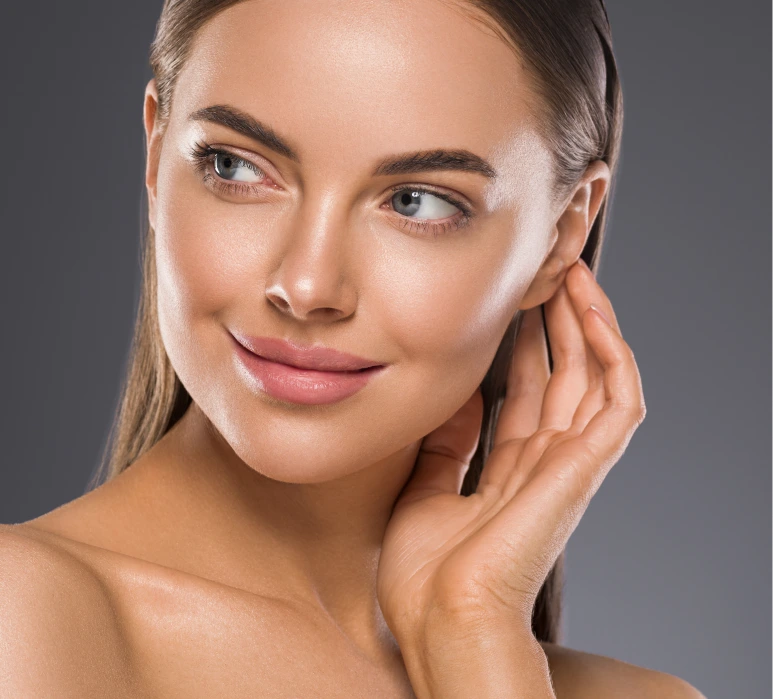
Preparation for open rhinoplasty begins with a thorough consultation to evaluate the patient’s goals and medical history. During this meeting, Dr. Zarrabi carefully studies the patient’s facial anatomy to develop a personalized surgical plan. For those undergoing primary rhinoplasty surgery, understanding the unique structure of the nose is crucial to achieving the desired outcome. We use cutting-edge 3D imaging technology for diagnosis, treatment, and planning, allowing for precise adjustments. This comprehensive preparation ensures the procedure is tailored to each individual’s needs.
Open rhinoplasty is performed under general anesthesia to ensure the patient remains entirely unconscious and comfortable throughout the surgery. This controlled state allows Dr. Zarrabi to work precisely without causing discomfort or movement, which is crucial for the delicate nature of nasal reconstruction.
The hallmark of open rhinoplasty is a small external incision made on the columella, the narrow strip of tissue separating the nostrils. This incision connects to internal incisions inside the nostrils, creating a flap that can be lifted to expose the nasal framework. The strategic placement of this incision allows direct visualization and access to the underlying nasal structures, which is essential for detailed surgical adjustments.
By lifting the soft tissue and skin away from the nasal bones and cartilage, Dr. Zarrabi gains full access to the nasal skeleton. This exposure is vital for identifying and precisely modifying both bony and cartilaginous elements of the nose, which cannot be as easily reached through a closed rhinoplasty approach.
Once the nasal framework is fully exposed, Dr. Zarrabi sculpts the bone and cartilage to achieve the desired shape and function. This may involve removing or repositioning bone segments, reshaping cartilage, or augmenting areas for improved symmetry and balance. The open approach allows for meticulous refinement of complex deformities with enhanced accuracy.
After reshaping, the soft tissue is carefully redraped over the modified nasal framework to maintain a natural contour. The external columellar incision and internal cuts are meticulously closed with fine sutures to minimize visible scarring. This closure supports optimal healing and preserves the structural changes made during surgery.
The initial rhinoplasty recovery phase involves managing swelling, bruising, and discomfort. Most patients experience some degree of nasal congestion and tenderness during this time. Nasal packing may be placed inside the patient’s nose to control bleeding and support the newly shaped structures. Careful monitoring ensures that any immediate postoperative issues are addressed promptly.
During the first week, swelling and bruising typically peak and gradually begin to subside. External splints or dressings are usually worn to protect the nose and maintain its new shape. Most patients feel more comfortable by the end of this period, although residual swelling may still be visible, particularly around the nasal tip and bridge.
As rhinoplasty recovery progresses into the second and third weeks, bruising continues to fade, and the patient’s nose starts to appear more natural. Residual swelling can persist but is generally mild and often unnoticed by others. Many patients resume normal activities, but strenuous exercise and contact sports are discouraged to protect the healing tissues.

Individuals with a prominent dorsal hump (hump on the nose)
Those with a crooked or deviated nasal septum
People with an asymmetrical or wide nose shape
Patients with drooping or bulbous nasal tips
Individuals seeking revision after a previous rhinoplasty
People with breathing difficulties due to structural issues
Patients with congenital nasal deformities
Individuals with nasal trauma or injury
Candidates with disproportionate nose-to-face ratios
Open rhinoplasty is often selected when precise, structural changes to the nose are necessary. This technique allows for enhanced control and visibility, making it suitable for various functional and aesthetic concerns. The surgery is often performed as an outpatient procedure, allowing for same-day discharge and recovery at home.
Key benefits of open rhinoplasty include:
Improved balance among facial features
Enhanced precision in reshaping nasal structures
Better access for correcting nasal breathing issues
Greater control during complex or revision procedures
Clearer visualization of the underlying anatomy
More accurate adjustments to the nasal tip definition
Ability to address both cosmetic and functional goals
Performed as an outpatient procedure with no overnight stay
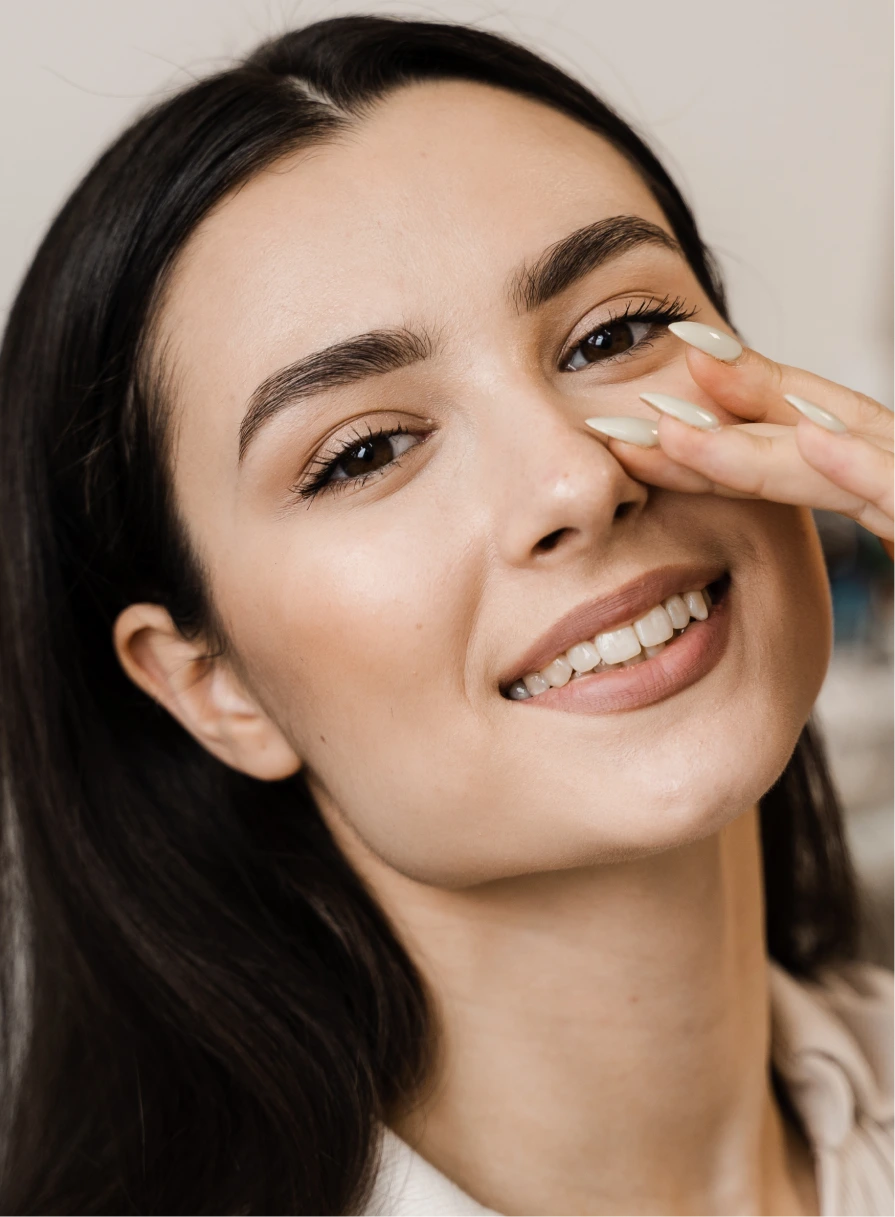
The cost of an open nose job in California ranges from $9,000 to $18,000, depending on the complexity of the procedure and the level of surgical correction required. In areas like Beverly Hills and Los Angeles, pricing may be higher. A rhinoplasty performed by our nose surgery specialist, Dr. Zarrabi, includes personalized planning and meticulous technique to achieve natural-looking results. To receive an accurate estimate tailored to individual goals, patients are encouraged to schedule a rhinoplasty consultation with Dr. Zarrabi.
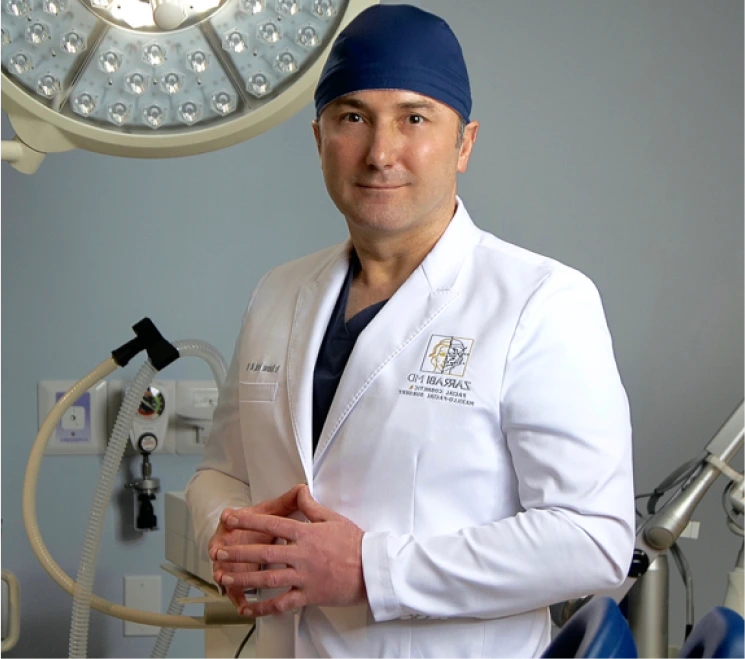
Dr. Shahrouz Zarrabi is a board-certified maxillofacial surgeon with specialized training in facial reconstruction and aesthetics. His background in both medicine and sculpture gives him a unique ability to refine structure while preserving natural proportions. Every case is approached with careful planning and attention to detail, with the goal of achieving lasting facial harmony. As one of the best rhinoplasty surgeons in California, Dr. Zarrabi combines clinical precision with an artistic eye to deliver consistently high-quality outcomes.
Functional rhinoplasty is performed to correct issues that interfere with normal breathing, such as nasal airway obstruction. Cosmetic surgery, on the other hand, focuses on enhancing the appearance of the nose to achieve better facial symmetry or proportion. While both procedures may involve similar techniques, the goals differ—functional surgery addresses structural problems, whereas cosmetic nose surgery aims to improve aesthetics.
Yes, open rhinoplasty techniques are often used in ethnic rhinoplasty to allow better visibility and control when reshaping complex nasal structures. Our specialist in ethnic rhinoplasty, Dr. Zarrabi, frequently uses the open approach to refine features such as a nasal bump while preserving ethnic identity and ensuring structural support.
Rhinoplasty outcomes vary based on a patient’s anatomy, healing process, and the complexity of their concerns. It is important to understand that while improvements can be significant, no surgery can deliver absolute perfection. For example, a crooked nose may be improved but not always completely straightened. Realistic expectations help rhinoplasty patients appreciate their results and avoid dissatisfaction rooted in unattainable goals.
Open rhinoplasty can be safely combined with other cosmetic procedures to enhance overall facial aesthetics. Common combinations include chin implants for chin augmentation to improve profile balance and neck surgery for a more defined jawline. These procedures are sometimes planned together to create a more harmonious result. Please note that Dr. Zarrabi specializes in rhinoplasty procedures, focusing only on nasal corrections.
The difference lies in the aesthetic goals and surgical techniques used. Male rhinoplasty typically aims to preserve or enhance a stronger nasal profile, while female rhinoplasty often focuses on refining the nose to appear softer and more delicate. These distinctions guide Dr. Zarrabi in customizing the approach to suit gender-specific facial features.
Board certification ensures that a surgeon has undergone rigorous training and evaluation in their specialty. Board-certified plastic surgeons and maxillofacial doctors have demonstrated the knowledge, skill, and ethical standards necessary to perform rhinoplasty safely and effectively. Choosing a certified expert helps reduce risks and increases the likelihood of satisfactory results.
Revision rhinoplasty refers to a secondary rhinoplasty surgery performed to correct or improve the outcome of an initial surgery. It is often more complex and may involve scar tissue, grafting, or reconstruction. Reconstructive surgeons commonly use the open approach for revision rhinoplasty procedures because it provides full access to the nasal framework, allowing for more accurate correction.